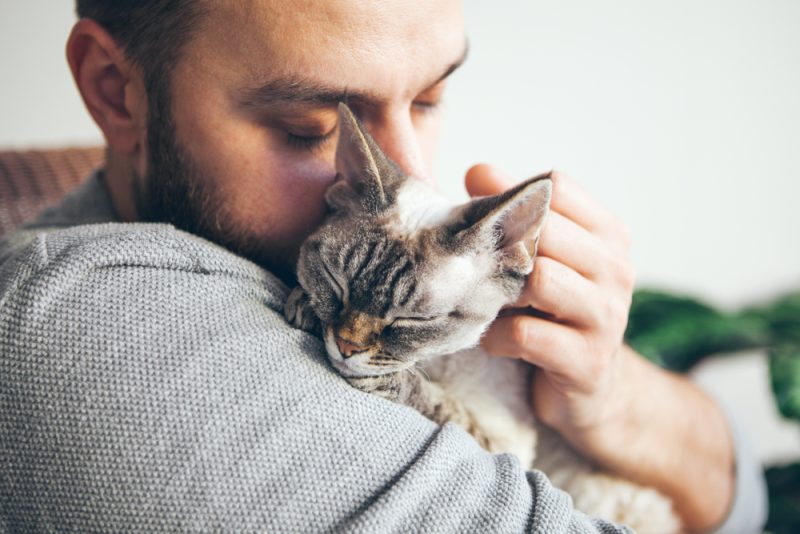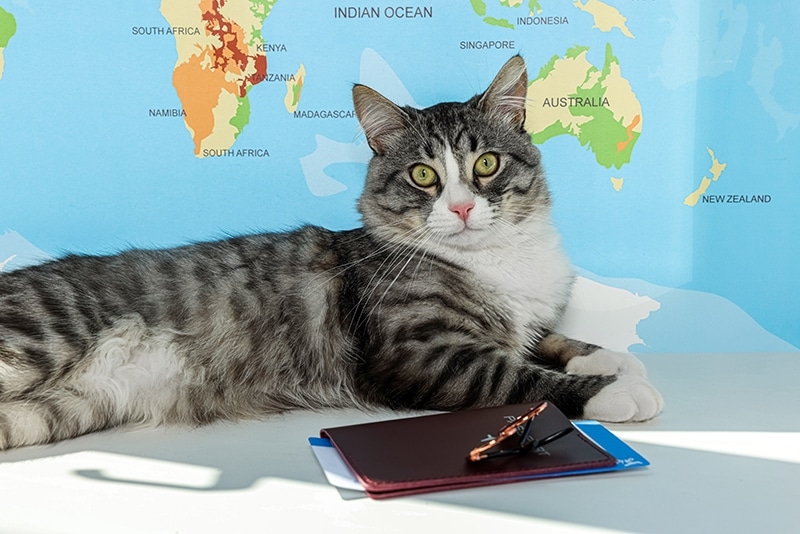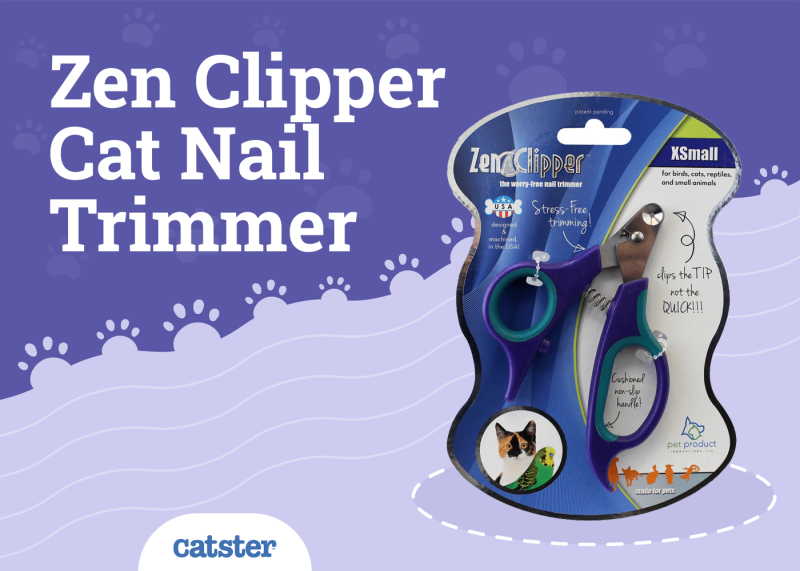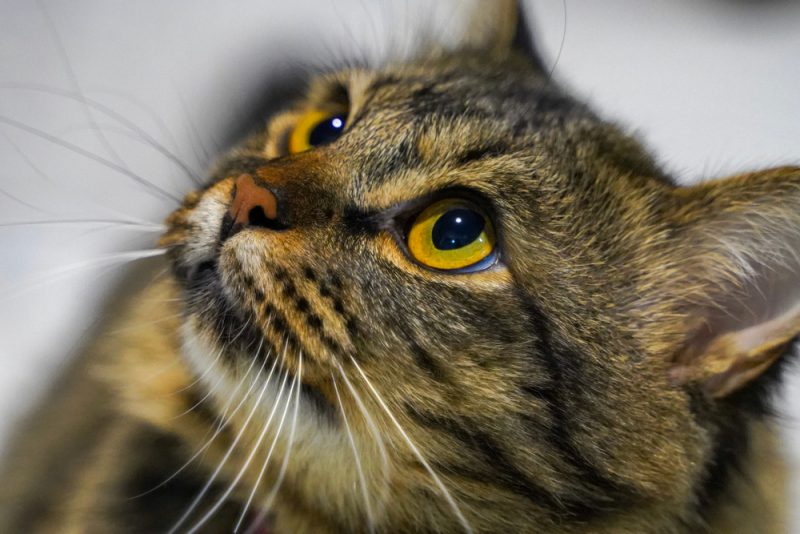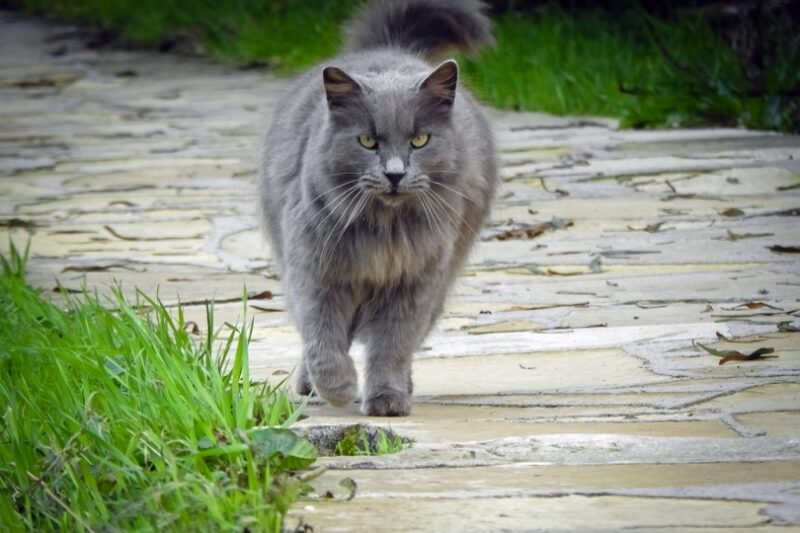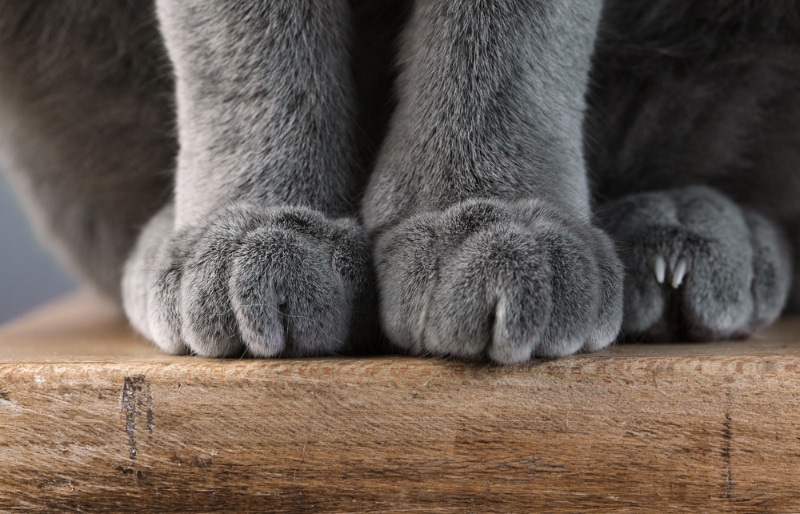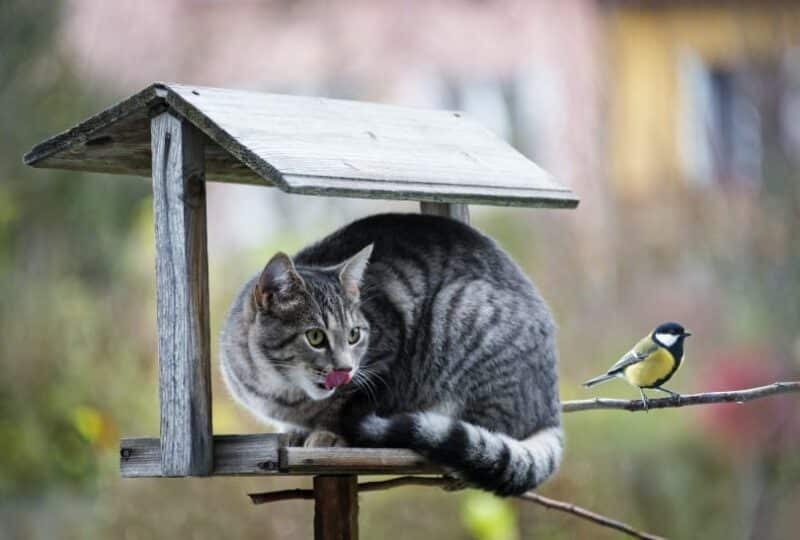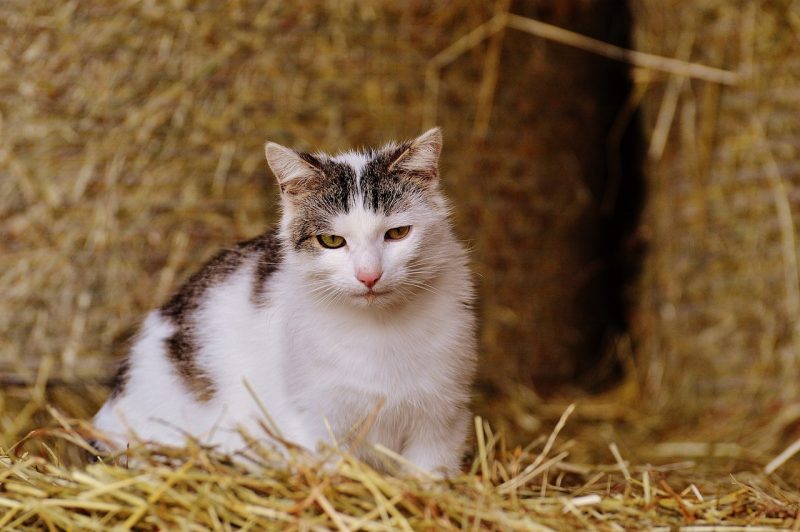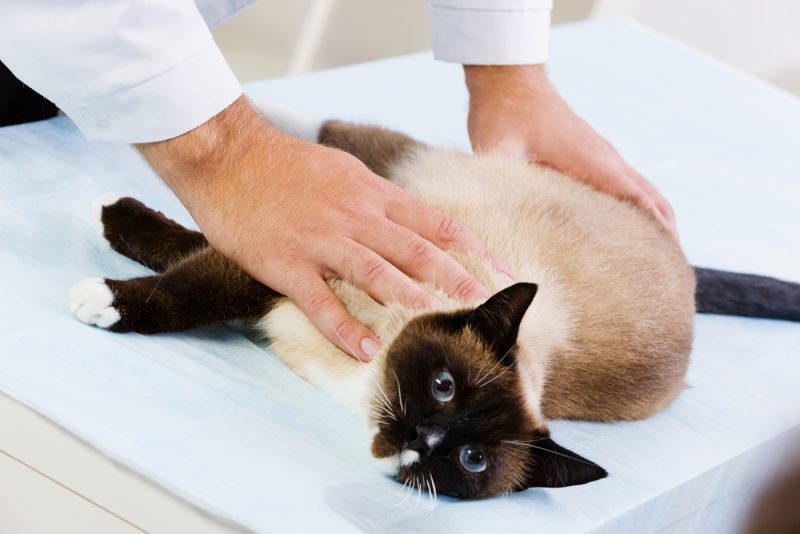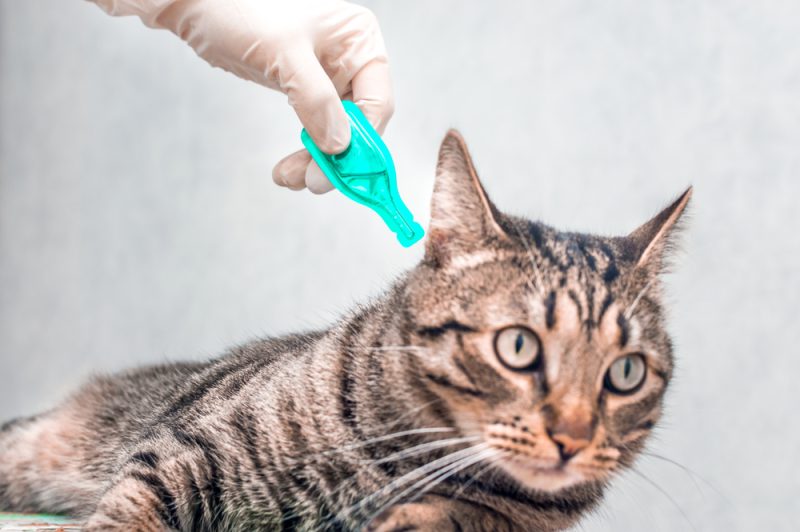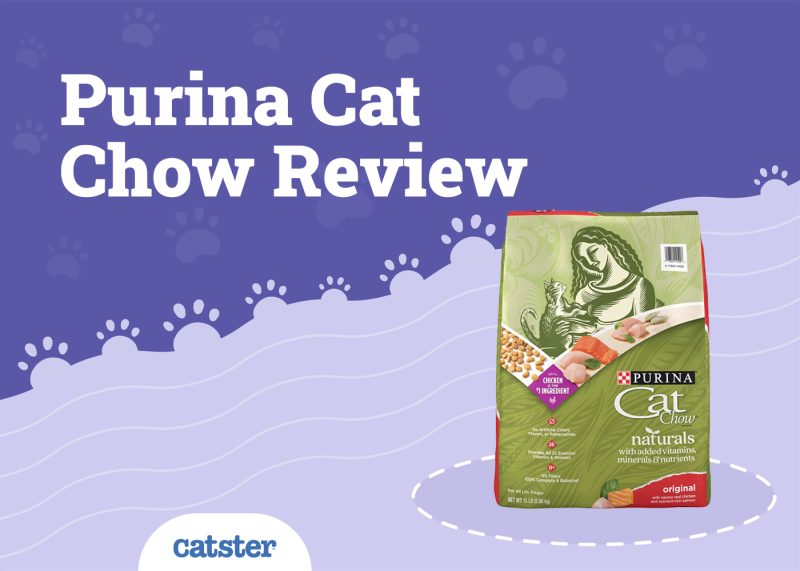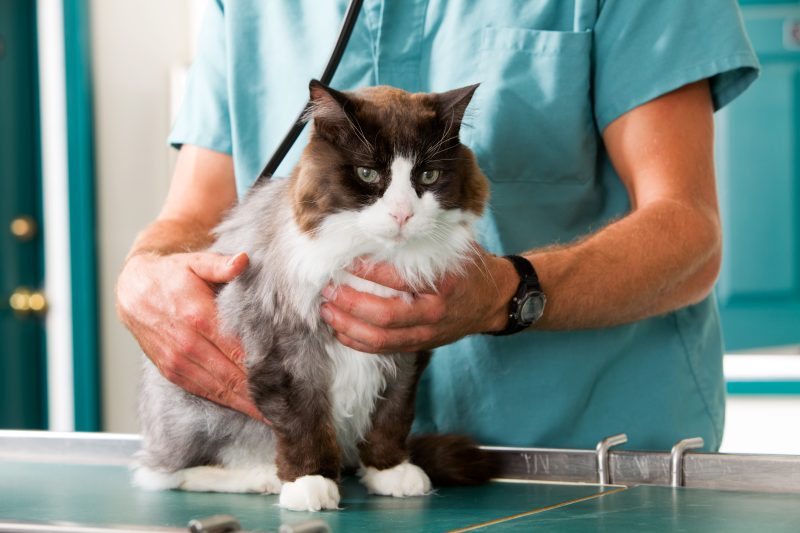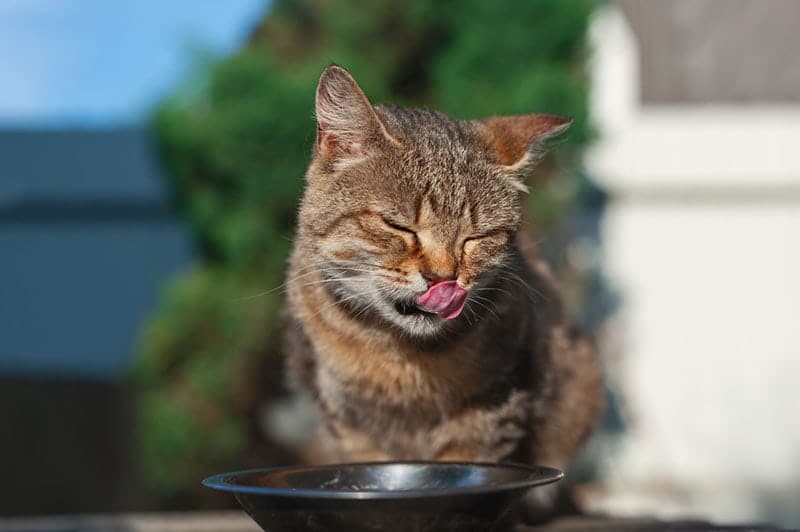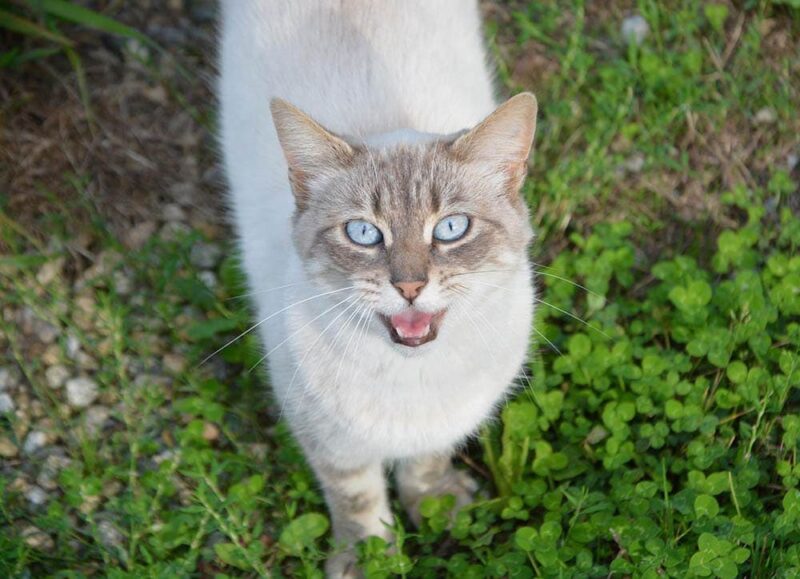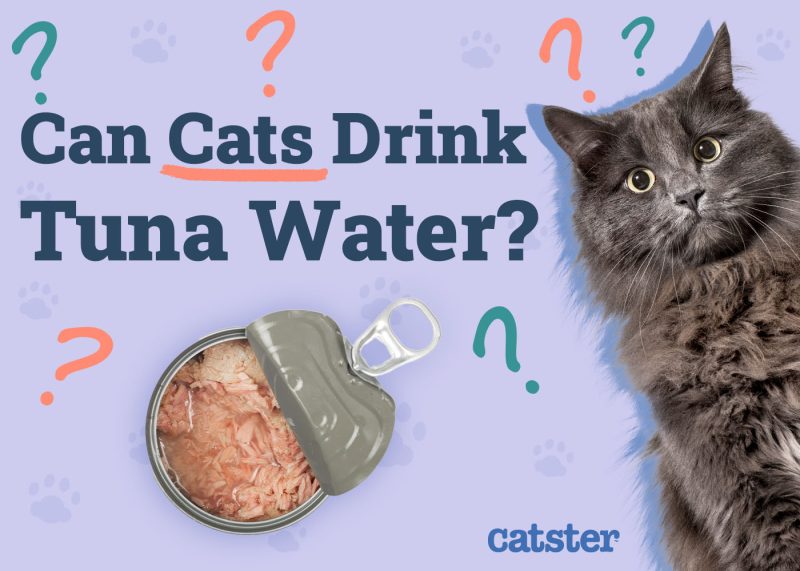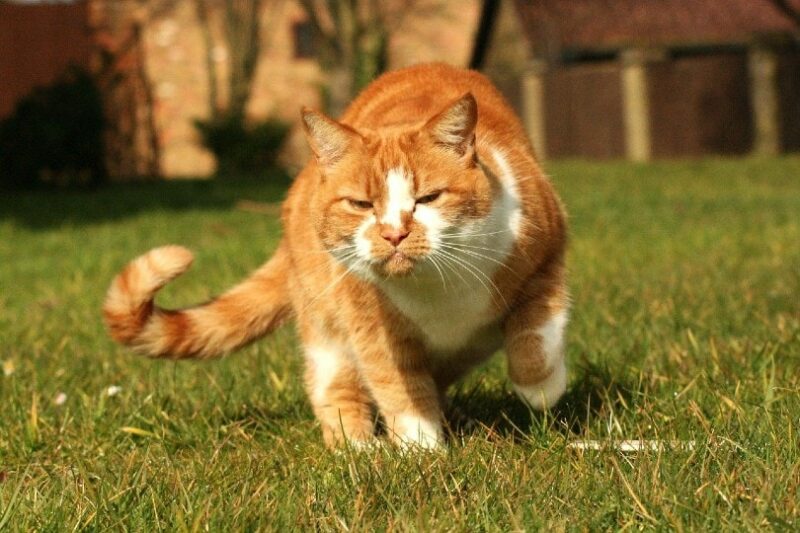In this article
View 2 More +Peanuts are a delicious, high-protein snack that people enjoy all over the world. They are available in snack packs with various spices and flavorings, making them ideal for on-the-go snacking that’s healthier than potato chips or candy. As pet owners, we often want to share snacks with our cats, but can cats eat peanuts? Are they healthy for them? Cats can safely eat peanuts, but there are some exceptions.
 Peanuts for Cats
Peanuts for Cats
Cats can eat plain, unsalted peanuts. There’s nothing wrong with the peanut if it’s shelled and has no additional spices or flavoring. As a snack, peanuts have plenty of health benefits for humans, but those don’t extend to cats. As strict carnivores, cats need animal protein, which doesn’t apply to peanuts.
Along with the possibility of an allergic reaction, cats can develop digestive issues from peanuts or become overweight if they eat them regularly. This can lead to health problems in the future. Obese cats are at an increased risk for conditions like diabetes mellitus, heart disease, osteoarthritis, urinary bladder stones, and cancer.
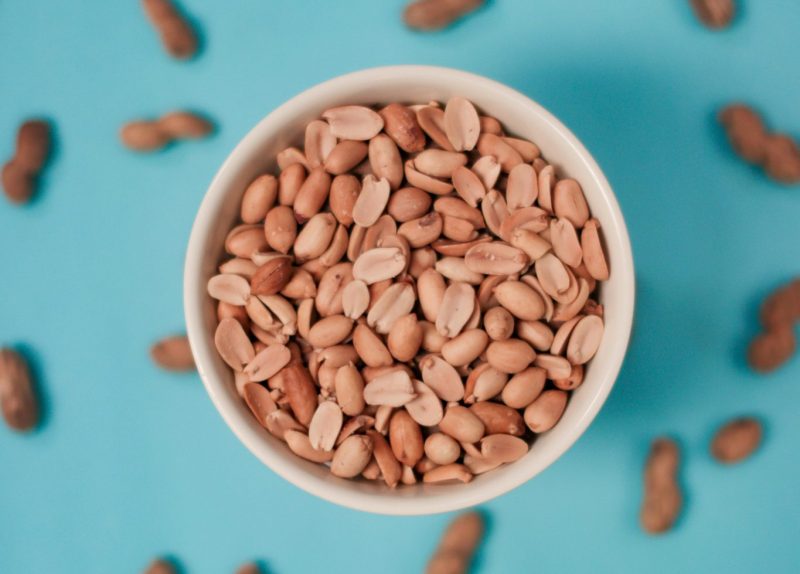
Precautions of Feeding Peanuts to Cats
Peanuts shouldn’t be part of your cat’s diet, but if one falls on the floor and your cat snatches it up, it’s unlikely to cause any immediate problems. Keep in mind that this applies to unsalted, shelled, roasted peanuts. Unfortunately, many peanuts have additives and spices that could be toxic to cats.
Honey-roasted, spiced, chocolate, or yogurt-coated peanuts should be avoided. Sugar isn’t healthy for cats, and chocolate is toxic to them. Another concern is the shell. The peanut shell is hard for cats to digest and could cause an obstruction or damage to their digestive tract, so it’s essential to remove and discard the shells before giving peanuts to your cat. If ever in doubt, just reach out to a veterinarian for guidance.
Need veterinary advice but can't get to the clinic? Catster recommends PangoVet, our online veterinary service. Talk to a vet online and get the answers and advice you need for your cat without having to leave your living room — all at an affordable price!

Health Benefits of Peanuts to Cats
So now that you know peanuts aren’t toxic to cats, you may wonder if they have any health benefits. Despite their reputation as a healthy food for humans, peanuts have no health benefits for cats. As mentioned, cats are obligate carnivores and need animal protein for optimal health. Peanuts don’t provide this type of protein.
If you choose to give your cat a peanut on occasion as a treat, it’s okay. However, there’s no benefit to giving your cat a peanut. In fact, there are risks with the spices, additives, and fat content, making a peanut a less-than-ideal treat for your cat.
Conclusion
So can cats eat peanuts? Peanuts aren’t toxic for cats but come with risks if your cat eats them. Cats may be allergic to peanuts, and they can become overweight or experience other health problems if they eat them frequently. If possible, it’s best to choose more appropriate snacks for your cat, such as commercial cat treats.
- See also: Can Cats Eat Animal Crackers?
Featured Image Credit: Pexels, Pixabay

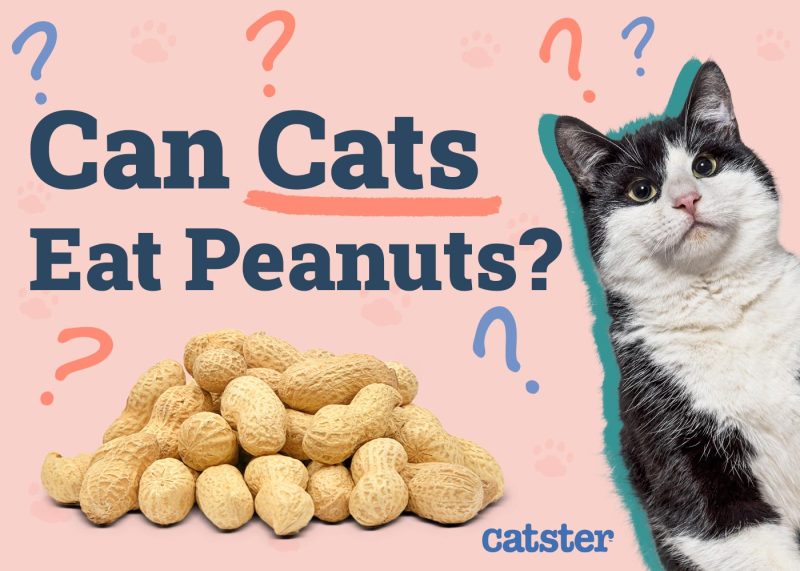
 Peanuts for Cats
Peanuts for Cats

